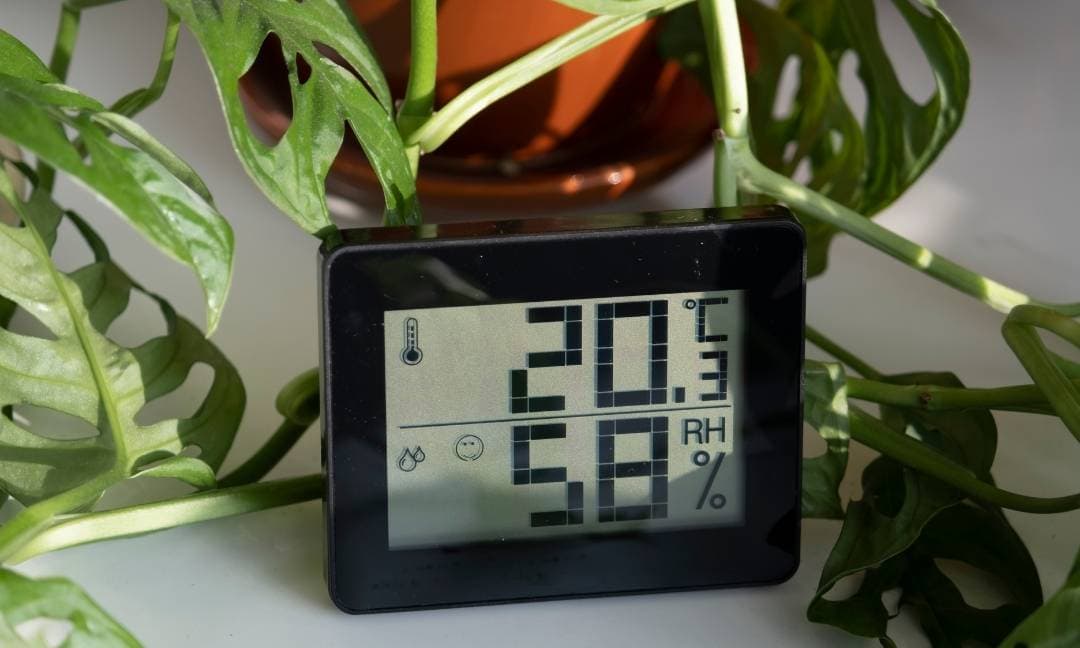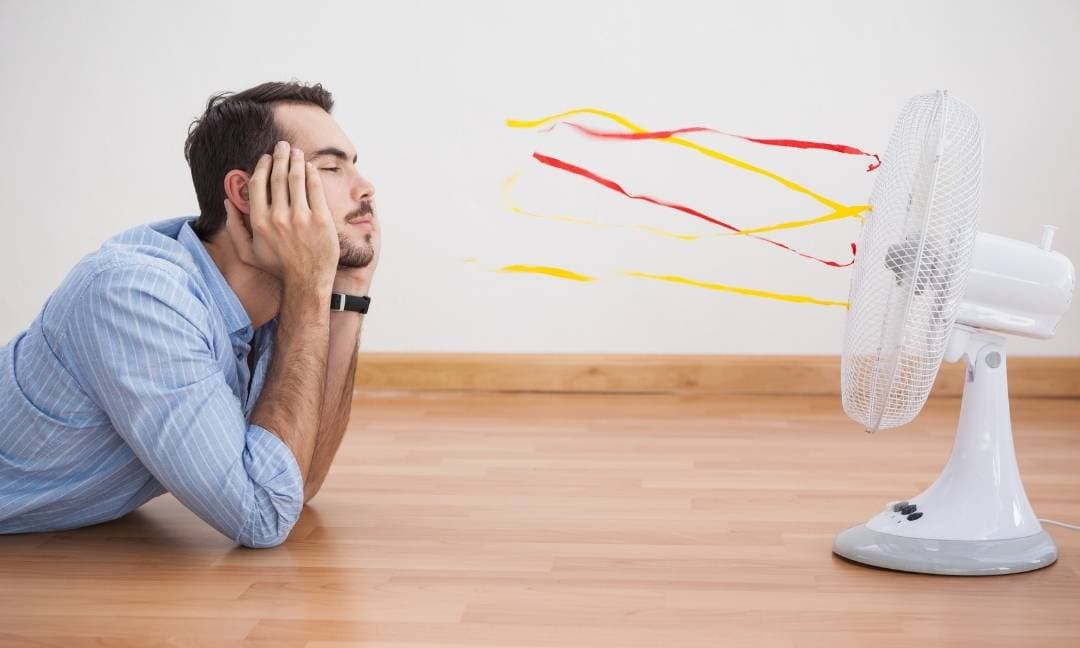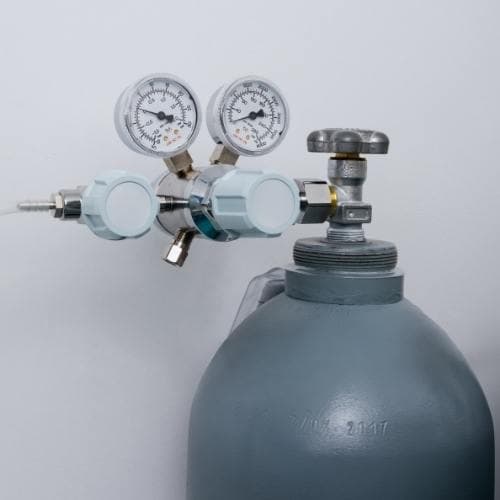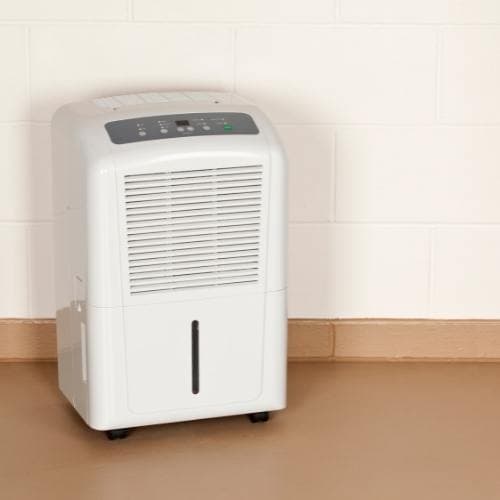
How to Beat the Heat in Your Indoor Garden
How do temperature and humidity affect plants’ growth?
Temperature plays a crucial role in controlling the growth and productivity of plants. Temperature regulates the photosynthesis, transpiration, and respiration process in a plant’s body. When the temperature rises, the rate of water absorption and enzyme-controlled processes in plants also increases. Since photosynthesis is an enzyme-controlled process, its rate will increase with temperature at a certain level. However, once this rise in temperature reaches a certain level, other processes will be hampered and slow down the growth. For instance, at higher temperature transpiration and root respiration also increases, but to maintain the water balance in the cells, plants need to absorb water through their root systems faster. But this process is often slow as water molecules need time to reach plants’ leaves.
Humidity is another environmental factor for plants, indicated by the presence of water vapour in the air. For the transpiration process, plants need to open their stomata. These are located on the undersides of the leaves. Remember that plants also absorb carbon dioxide and release oxygen to the air through this organ. When the humidity level reduces, plants close their stomata to reduce the loss of water from their bodies. As a result, they suffer from suffocation as they cannot release oxygen and absorb carbon dioxide. On the other hand, if the humidity level is too high, plants cannot evaporate the water through the stomata. So, water vapour is trapped in them, and resultantly, plants start to rot.
These are the reasons an indoor gardener should maintain a perfect temperature and humidity level in his/her garden.
What are the ideal temperature and humidity levels for house plants?
Different plants have different metabolism rates, and it depends on different temperatures and humidity levels, but most plants thrive happily between 16 and 24C. However, some plants may prefer a bit higher temperature, while others need a bit lower. The ideal humidity level for tropical plants is around 50-70%, except for cacti and succulents because they cannot tolerate moist conditions. You can utilise our temperature and humidity measurement products, especially the Thermo-Hygrometer, to maintain the ideal conditions for your indoor plants.

Indoor gardens often have lower temperatures, and this is why many indoor gardeners fail to optimise the crop’s productivity. To increase the temperature level in your indoor garden, you can take a look at some of our best “Grow lights” or “Heat Rod” products available in the Indoor Gardening section.
The HID lighting kits and LED lights can play an excellent role in not only raising the temperature and maintaining the photosynthesis process all day. You can use ballasts to provide power to HID light kits which really help increase the indoor temperature.
Lack of proper ventilation is also necessary for a hydroponic or indoor garden because ventilation helps balance the heat and humidity. Our Grow room ventilation products can be a great choice for those gardeners who struggle to maintain an ideal growing environment for their plants.
Plan to maintain a perfect growing environment for indoor gardens
- Airflow should be the priority because it introduces fresh air to the growing room. You can look at our online fan calculator and choose the recommended fan for your grow room. You may use the clip fan for assisting the transpiration process.

- Airflow also helps with CO2. Plants grown indoors don’t have access to sufficient carbon dioxide to carry on their photosynthesis process. Aqua Gardening has ventilation systems that increase and maintain the carbon dioxide levels. In a closed environment, CO2 “breathe” bags can be hung above the plants to “feed” CO2 through the air! Both options increase your crops’ productivity.

- Dehumidifiers can be used to reduce the humidity level of the growing environment. As the humidity level increases, you can use a dehumidifier to remove the excess moisture from the air. Remember that an enclosed indoor garden often has a higher level of humidity because of rapid transpiration by plants’ leaves. You may use a temperature and humidity monitoring tool to observe the status of your growing environment.

- Another important factor is the grow lights that you choose for your indoor plants. Some lights produce high temperatures, which can be problematic for the plants unless you are in a cold environment already. Hence, we suggest you look at the LED lights and Cool tubes. We highly encourage you to use a light mover to reduce the costs of buying more lights. The light mover will ensure that intense light is well spread and every leaf receives adequate light.
Extra tips
- If you feel that none of the above-mentioned plans work for your indoor garden or your garden is still too hot, then it is time to replace your light cycle. For example, during the night period, you can turn on the lights, and during the daytime (or the hottest period), you can turn them off.
- If the climate is very hot, you may add oxygen to the water because in high temperatures, roots cannot function properly. Adding oxygen to the water will increase the functionality of the roots during the hot periods.
